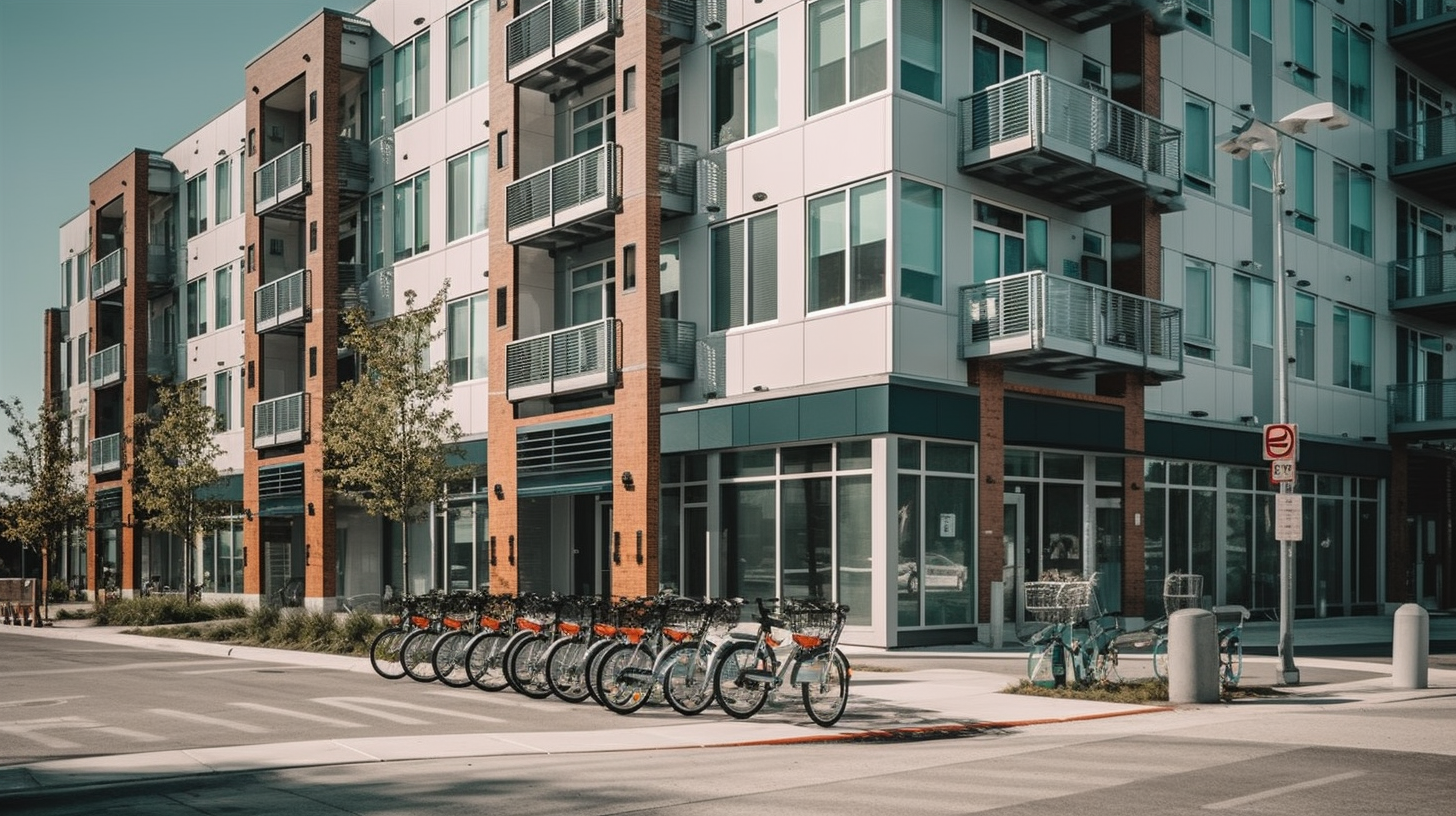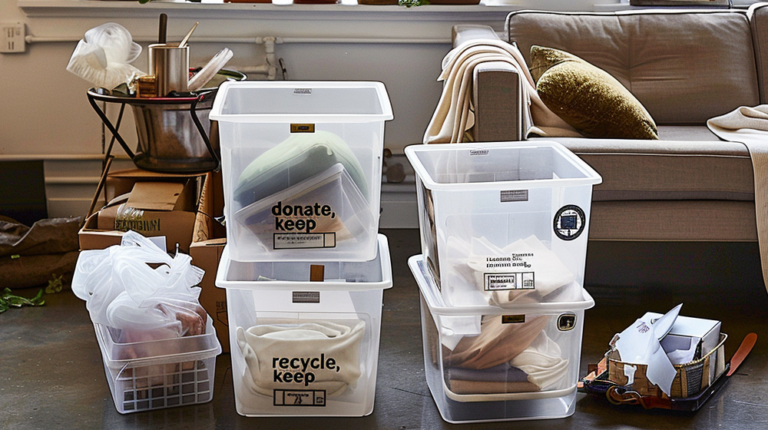Although renting may make it more difficult to embrace sustainable mobility options, a person’s mode of transportation is one of the largest contributors to their carbon footprint. Homeowners often have more mobility alternatives than renters, who may install EV charging stations or select walkable communities. However, with careful planning and creative solutions, eco-friendly transportation is not only practical for renters but may also offer significant lifestyle and financial benefits.
The Advantage of Transportation for Renters
Despite certain limitations, renters have particular advantages when it comes to eco-friendly transportation:
- When their leases expire, renters can give preference to areas that are accessible by transit.
- Decreased dedication: Investing in long-term infrastructure, such as home charging stations, is unnecessary.
- Local resources: Many rental-heavy regions benefit from improved transportation sharing economies.
- Overlap in costs: In walkable locations, reducing transportation expenses can partially offset potentially higher rent.
The Sustainable Transportation Hierarchy of Renters
In a hierarchy that represents sustainable transportation options, the most ecologically friendly ones ought to be at the top:
1. Active Transportation: Bicycling and Walking
Examples of zero-emission forms of transportation that can improve personal health include walking and bicycling. Renters can make the most of these options by:
Apartment-Friendly Bike Storage Options:
- Wall-mounted bike racks that are vertical and have detachable mounting systems
- Bike hooks that can be mounted over the door without permanent installation
- Freestanding gravity bike stands that are suitable for small apartments
- Foldable bicycles that may be stored in closets or beneath mattresses, like the Schwinn Loop Adult Folding Bike
Methods of Weatherproofing:
- You can carry compact rain gear on the job or in a backpack.
- Panniers that are waterproof and eliminate plastic bags
- Create routes with covered areas for walkers and cyclists to use on rainy days
2. Taking Public Transportation
For many rental properties, being near public transportation is a selling point. Maximize this benefit by using optimization techniques.
- Look at monthly pass options, which sometimes provide substantial discounts over daily costs.
- To cut down on the wastage of plastic cards, load transit passes onto cellphones.
- Please enable auto-reload to discourage the purchase of paper tickets.
- Use transit planning software that allows for walking to optimize routes.
Apartment Selection Criteria: Prioritize the following when searching for your next rental:
- Regular transit routes (not just any transit) are accessible.
- Hours of scheduled transport service
- Hubs for multimodal transit that improve adaptability
3. Shared Mobility Services
The rise of car-sharing, scooter-sharing, and bike-sharing programs has opened up new possibilities for living without or with a car:
Sharing a car for occasional needs:
- Services like Getaround and Zipcar provide hourly access to cars.
- These days, several apartment complexes partner with car-sharing businesses to offer cars on-site.
- Setting up joint memberships with roommates could potentially reduce expenses.
Integration with Micro-Mobility:
- The “last mile” problem from transit stops can be solved by e-scooters and bike sharing.
- Several services offer monthly membership options that are perfect for regular renters.
- Look for rental properties with designated parking spaces for micromobility.
4. Individual travel is electricity-powered.
Renters who want personal vehicles are increasingly drawn to electric options:
EV-related factors for renters:
- Discuss potential fees with potential landlords prior to signing a lease.
- Analyze the public charging infrastructure in the area and the availability of charging stations at work.
- Consider plug-in hybrid cars, which require less energy from traditional outlets.
Options for e-bikes:
- Cycling is made possible with battery-powered assistance, even on lengthy commutes and in challenging terrain.
- With detachable batteries, charging can take place indoors without bringing the bike inside in its entirety.
- Foldable e-bikes combine power assistance and space efficiency, like the Swagtron Swagcycle EB5 Pro.
Organizing Transportation for Roommates
In shared living arrangements, there is a unique opportunity for sustainable mobility:
Coordinate schedules effectively.
- Opportunities for carpooling are arranged using shared digital calendars.
- Organize your workday to allow for vehicle or bike sharing.
- To make subscriptions more affordable, share them.
Pooling of resources:
- Buying transport cards in bulk when there are savings
- Purchasing top-notch waterproof gear for active transportation together
- Instead of each individual buying a car and splitting the cost of upkeep
Encouragement of Better Decisions
As a renter, your opinion matters when deciding on transportation policy.






